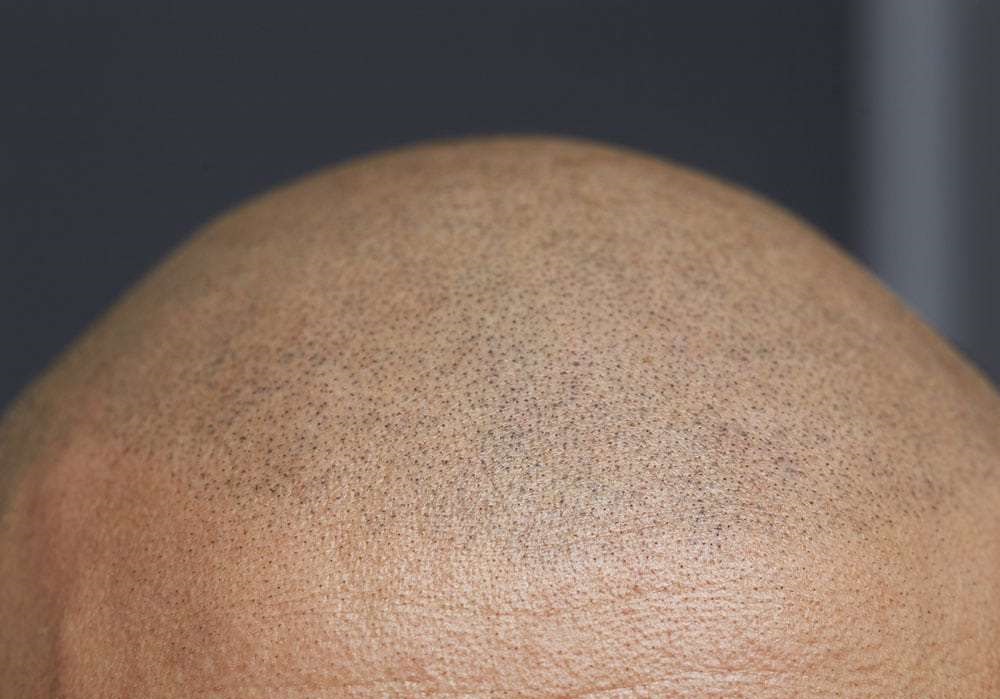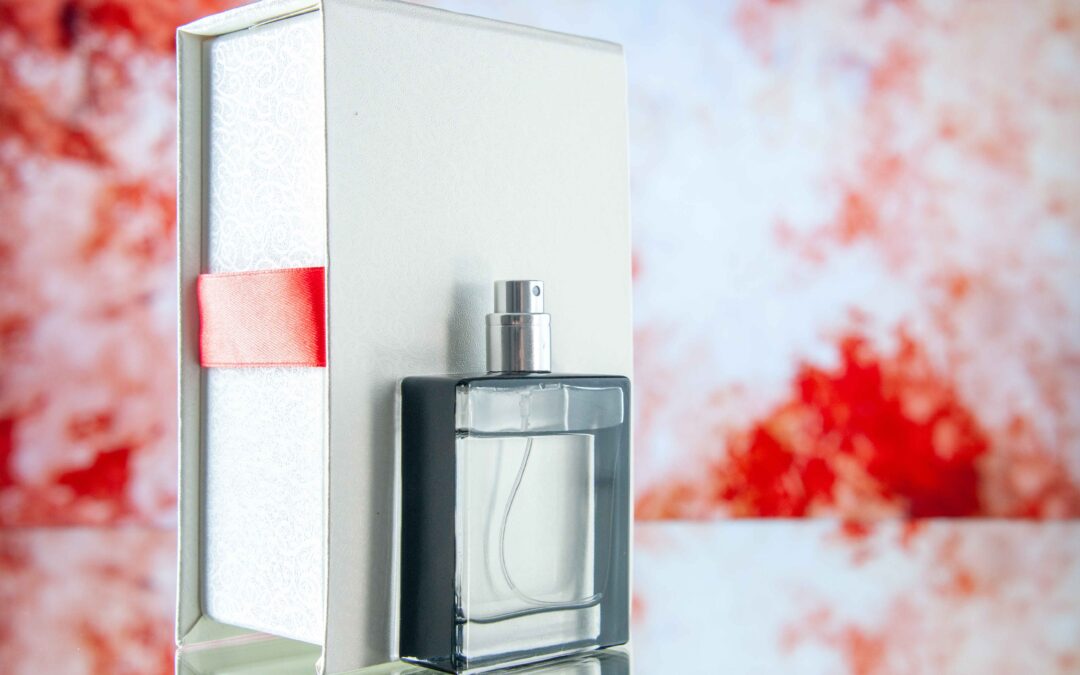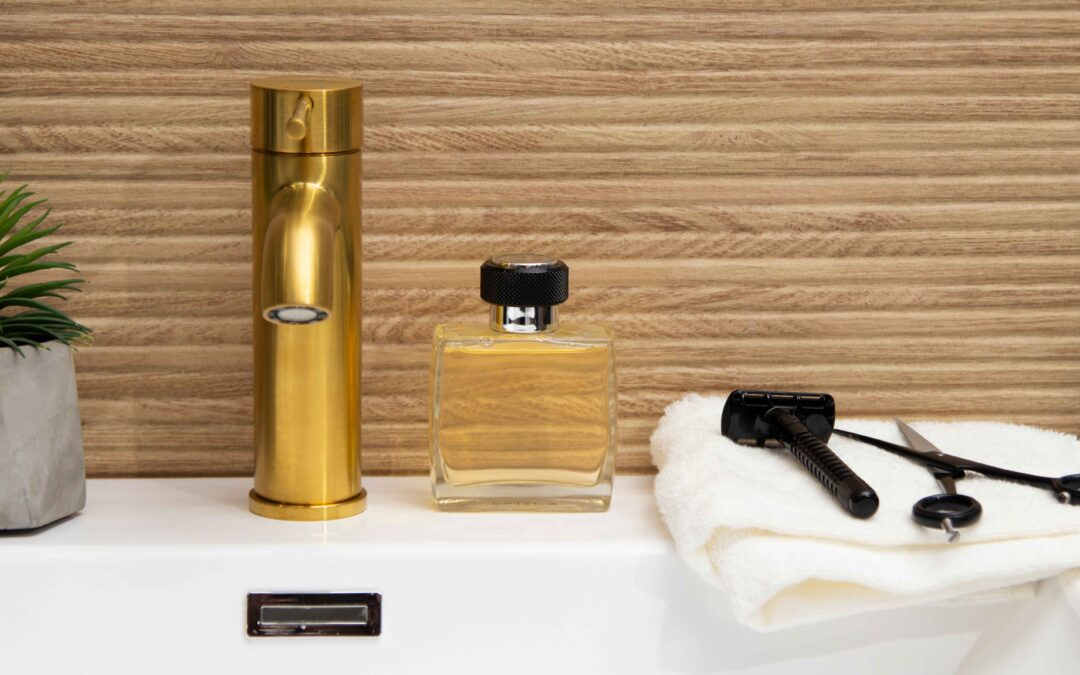Scalp Micropigmentation in Abu Dhabi is an innovative cosmetic procedure designed to create the illusion of fuller, thicker hair by depositing specialized pigment into the scalp’s epidermal layer. This non-invasive treatment offers a practical solution for individuals experiencing hair thinning, baldness, or hair loss, helping restore confidence and improve appearance. To understand the process thoroughly, it’s essential to explore each step involved in achieving natural-looking results through this technique.
Initial Consultation and Assessment
Understanding Client Needs and Expectations
The process begins with a comprehensive consultation where the technician assesses the client’s scalp condition, hair loss pattern, and personal goals. This stage helps tailor the treatment plan to meet individual expectations, ensuring the results align with the client’s desired aesthetic. During this discussion, the technician may also evaluate skin type, tone, and previous hair treatments to determine the most suitable pigmentation approach.
Designing the Hairline
A crucial part of the initial phase involves designing a natural-looking hairline that complements facial features and age. The technician collaborates with the client to establish a hairline that appears authentic, considering factors such as face shape, lifestyle, and preferences. This personalized design serves as a blueprint for the micropigmentation process, ensuring precision and satisfaction.
Preparation Before the Procedure
Scalp Preparation and Hygiene
Prior to the procedure, the scalp is thoroughly cleaned and disinfected to eliminate any oils, dirt, or residues that could interfere with pigment adhesion. Proper hygiene ensures optimal results and reduces the risk of infection. Clients may be advised to avoid certain skincare products or medications that can affect skin sensitivity or healing.
Color Selection and Pigment Customization
Choosing the right pigment shade is vital for achieving a natural look that blends seamlessly with existing hair or skin tone. The technician customizes the pigment to match the client’s hair color and skin undertones, creating a cohesive appearance. This step involves testing different shades to find the perfect match, which enhances the overall realism of the treatment.
The Micropigmentation Procedure
Marking and Mapping
Before the actual pigmentation, the technician marks key points and outlines to guide the placement of the pigment. This mapping process ensures symmetry and consistency, which are essential for natural-looking results. Precise measurements and client approval of the design help establish confidence in the procedure.
Pigment Deposition Technique
Using specialized micro-needles, the technician deposits tiny dots of pigment into the scalp’s epidermal layer. The technique involves repetitive, controlled punctures to mimic the appearance of natural hair follicles. The depth and density of pigment are carefully managed to create a realistic illusion of hair density, with adjustments made based on the client’s scalp condition and desired outcome.
Layering for Depth and Realism
To enhance depth and authenticity, the technician may perform multiple passes, layering different shades or intensities of pigment. This approach adds dimension, preventing the results from appearing flat or artificial. The layering process is meticulously controlled to ensure a seamless, natural finish.
Post-Procedure Care and Healing
Immediate Aftercare Instructions
Following the treatment, clients receive detailed instructions on scalp care to promote optimal healing and pigment retention. This typically includes avoiding excessive sweating, direct sunlight, or harsh hair products, and keeping the scalp clean and moisturized. Proper aftercare minimizes the risk of pigment fading or uneven healing.
Healing Timeline and Expectations
The healing process generally involves scabbing or peeling, which can last several days to a week. During this time, the pigment may appear darker initially but will soften and settle into a more natural shade as healing progresses. Clients are advised to follow all aftercare guidelines to ensure long-lasting, natural results.
Touch-Up and Follow-Up Sessions
Importance of Follow-Ups
A touch-up session is often scheduled after the initial procedure to refine the results, enhance density, or adjust pigment shade as needed. These follow-ups are crucial for achieving the desired look and ensuring the longevity of the treatment. The technician evaluates healing progress and makes any necessary modifications.
Maintaining Results Over Time
While scalp micropigmentation offers durable results, periodic maintenance or touch-up sessions may be required to sustain optimal appearance. Clients are encouraged to practice good scalp hygiene and protect their scalp from sun exposure to prolong the effects of the treatment.
Benefits of Scalp Micropigmentation in Abu Dhabi
Natural and Realistic Appearance
One of the most significant advantages of this treatment is its ability to produce highly realistic results, mimicking the look of natural hair follicles. The skillful application of pigment ensures that the results blend seamlessly with existing hair, providing a natural appearance.
Non-Invasive and Quick Procedure
Unlike surgical options, scalp micropigmentation is non-invasive, involving minimal discomfort and downtime. Sessions are typically completed within a few hours, allowing clients to resume their daily activities swiftly.
Versatile Solution for Various Hair Loss Conditions
This treatment is effective for a range of hair loss issues, including male and female pattern baldness, alopecia, scars from previous surgeries, or hair thinning caused by medical treatments. Its versatility makes it a popular choice for those seeking a reliable cosmetic solution.
Long-Lasting Results
With proper aftercare, the results of scalp micropigmentation can last several years. The pigments used are designed to resist fading, providing a semi-permanent or permanent solution depending on individual factors and maintenance.
Conclusion
The process of Scalp Micropigmentation Abu Dhabi involves a carefully planned and executed series of steps aimed at creating a natural, fuller-looking scalp. From initial consultation and design to pigment deposition and aftercare, each phase is vital to achieving optimal results. This innovative treatment offers a non-invasive, effective, and customizable solution for hair loss, helping individuals regain confidence and improve their overall appearance with minimal disruption to their daily lives.
FAQs
1. How long does the scalp micropigmentation procedure typically take?
The procedure usually takes between 2 to 4 hours per session, depending on the extent of coverage needed and the complexity of the design.
2. Is scalp micropigmentation suitable for all skin types?
Yes, most skin types respond well to the treatment; however, a consultation is essential to assess individual skin conditions and determine suitability.
3. How many sessions are generally required for optimal results?
Most clients require 1 to 3 sessions, including a follow-up, to achieve the desired density and natural appearance.
4. Can scalp micropigmentation be combined with other hair restoration treatments?
Yes, it can complement other treatments like hair transplants or medical therapies to enhance overall hair density and aesthetic appeal.







0 Comments